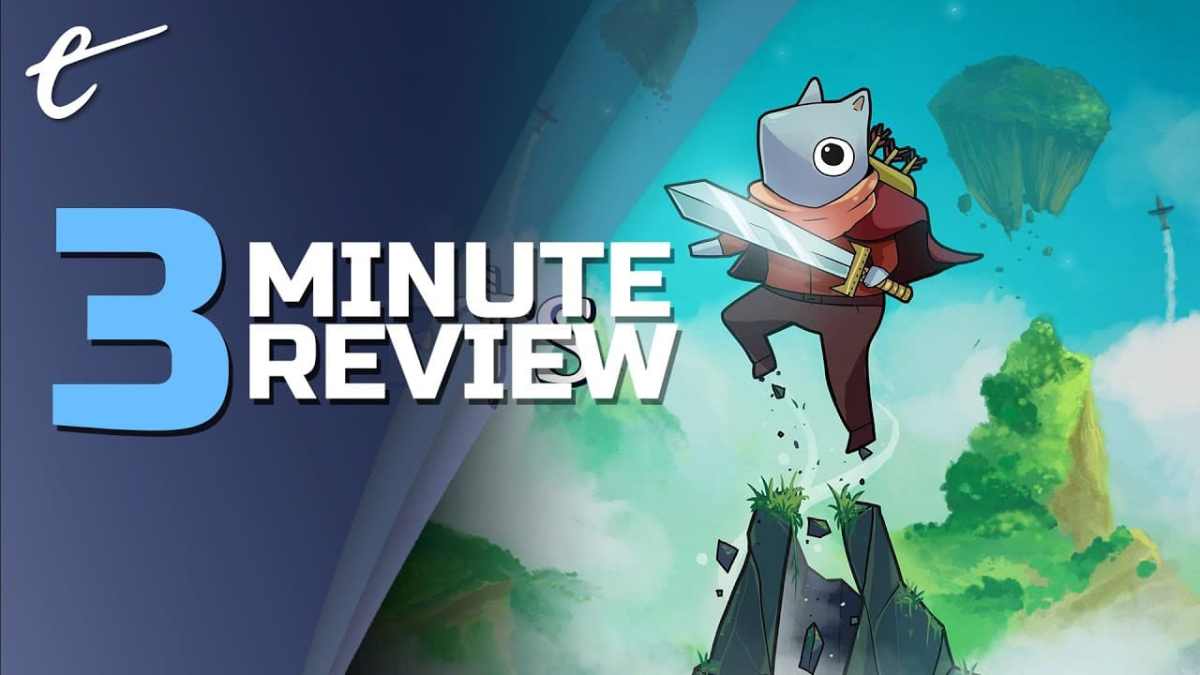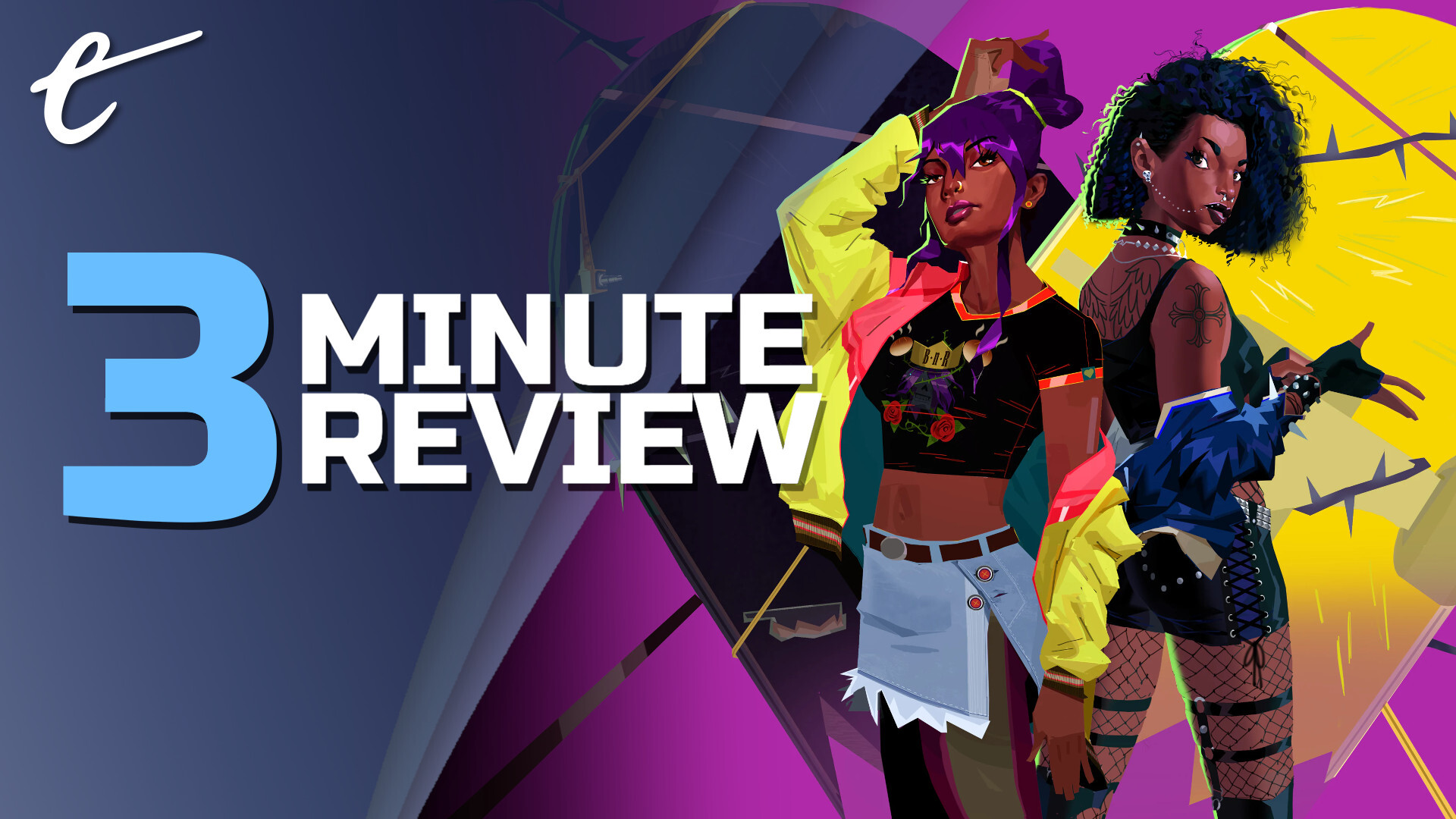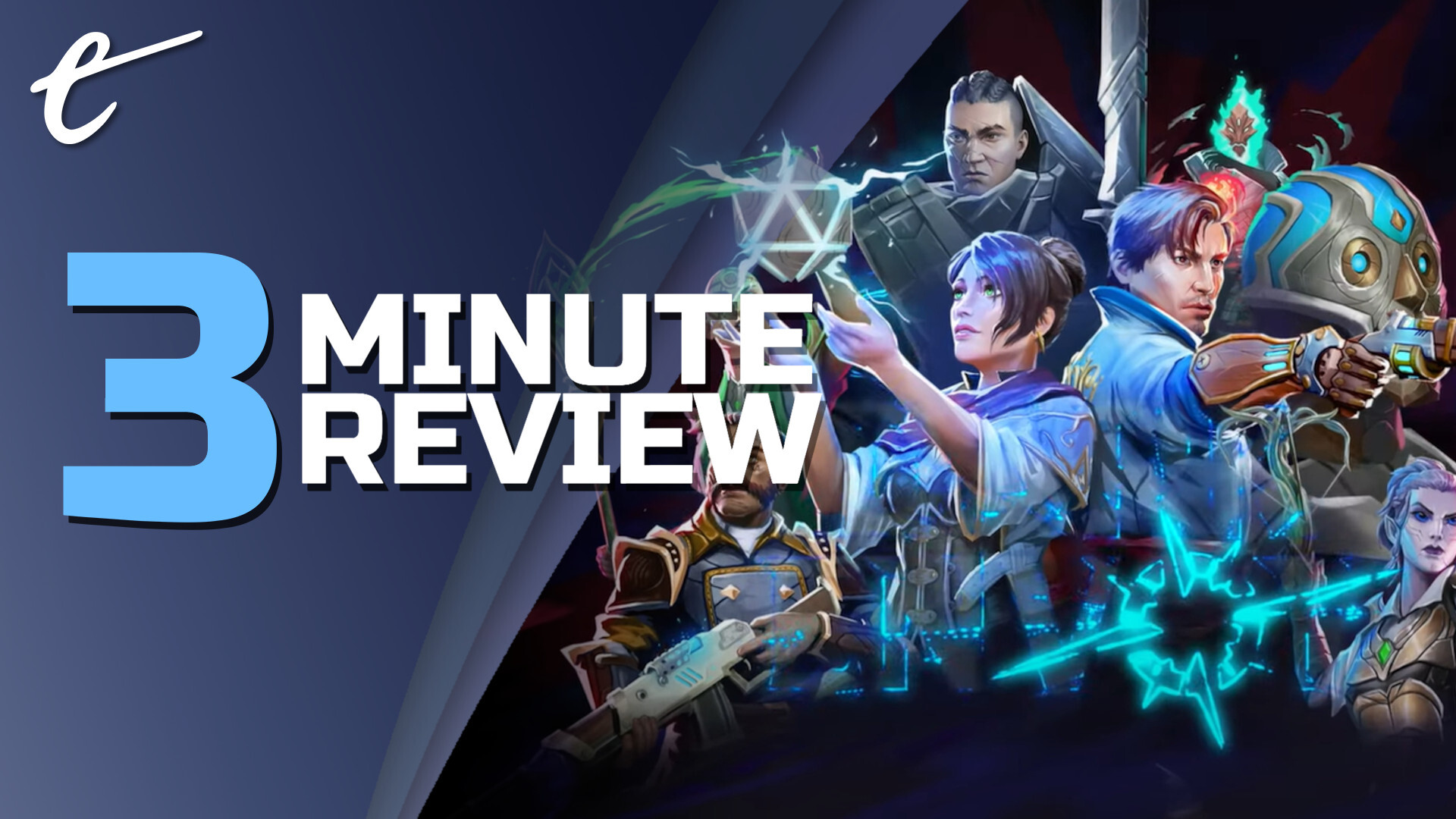Islets, developed by Kyle Thompson and published by Armor Games Studios, is a charming morsel of 2D Metroidvania goodness.
The artistic direction was working overtime. Detailed painterly backdrops juxtaposed the simple yet expressive characters in a Studio Ghibli-esque manner. The music changed, based on biome, from cyber serenity in the meadows to lo-fi despair in the pits. The game’s premise is five floating islands collided and formed one thriving skymass. Eventually, the electromagnetic cores holding them together failed and caused the islands to become barren and hostile again. The story of a mouse trying to return five floating islands to their former Pangeaic glory was enough to warm my cold cynical gamer heart. Reuniting the islands offered insight into the original super-island and the changes its inhabitants had to endure once it fell apart. The reconjoining world didn’t offer an evolutionary twist for typical Metroidvania gameplay, but progressing the state of the map by connecting literal chunks of the world immersed me far more than the usual unlocking of doors to expand the map.
Staying on track was fairly straightforward but kept lively by forking routes subverting my expectations every now and then. One path could be filled with foes and energetic platforming, while the other path could be a carefree stroll to the same destination. I couldn’t help but smile at this cheeky gamble the game was taking by nonchalantly offering me the challenge and the reward in the same hand. I expected the easier route to be kept hidden away or the harder route to have more secrets or power ups, but I confirmed, with two separate playthroughs, that some forks had no discernible difference beyond difficulty. There were plenty of secrets and power-ups elsewhere, but I found these specific forks to be delightfully banterous.
Typical Metroidvania utility upgrades would unlock more moves, such as double jumping or wall climbing, which allowed me to progress the game. Character upgrades would enhance my mouse’s damage or currency gained. Meanwhile, my currency could be spent to open doors or improve my map and equipment. Spare parts upgraded my flying ship, which I used to get between islands and partake in bullet hell fights against sky pirates. The combat on the ground, and in the air, felt reasonably responsive, with my only gripes being the internal cooldown on the slam move and the bow’s auto-targeting having a mind of its own.
Platforming and boss fights didn’t make demands of hands and the secrets didn’t make demands of brains, so I felt Islets was definitely one of the more casual Metroidvanias I had ever played. The normal and hard difficulty level promised more complexities to boss fights, but a slight change in patterns wasn’t something I would consider more complex or worth changing enemy damage. Perhaps the 8-hour run time, for 100% completion, lacked the depth necessary for hardcore fans, but it also lacked frustrations — as my momentum carried on even if I was hit by something and my death only meant I would restart at the last save point.
Altogether, Islets made the most of what it had to offer and was unabashedly playful about it. The music tempo abruptly increased during boss fights. The characters were caricatures of arrogance, cowardice, and naivety routinely running into me or sending me mail through the post. There was a cat sitting atop a vending machine in a secret hole for some reason. As for the elephant in the room, Islets doesn’t reach the same pedestal as Hollow Knight, regarded as a frontrunner for 2D Metroidvanias. However, I wholeheartedly believe this game belongs on the fridge with a star-shaped magnet.
Islets is available August 24 for Nintendo Switch, Xbox One, and PC via Steam, GOG, and Epic Games Store for $19.99.
Watch the Review in 3 Minutes for Islets.






Published: Aug 24, 2022 05:52 pm